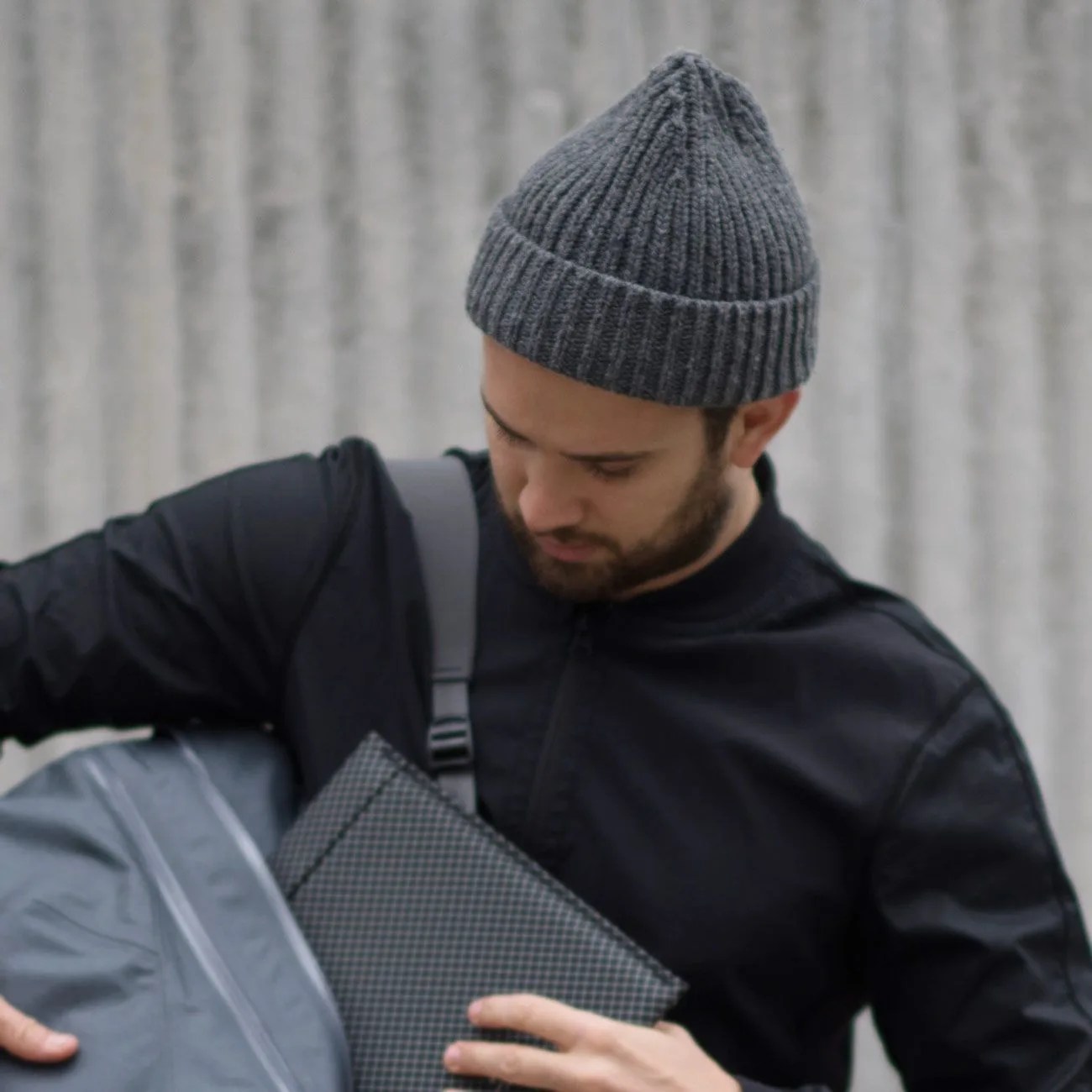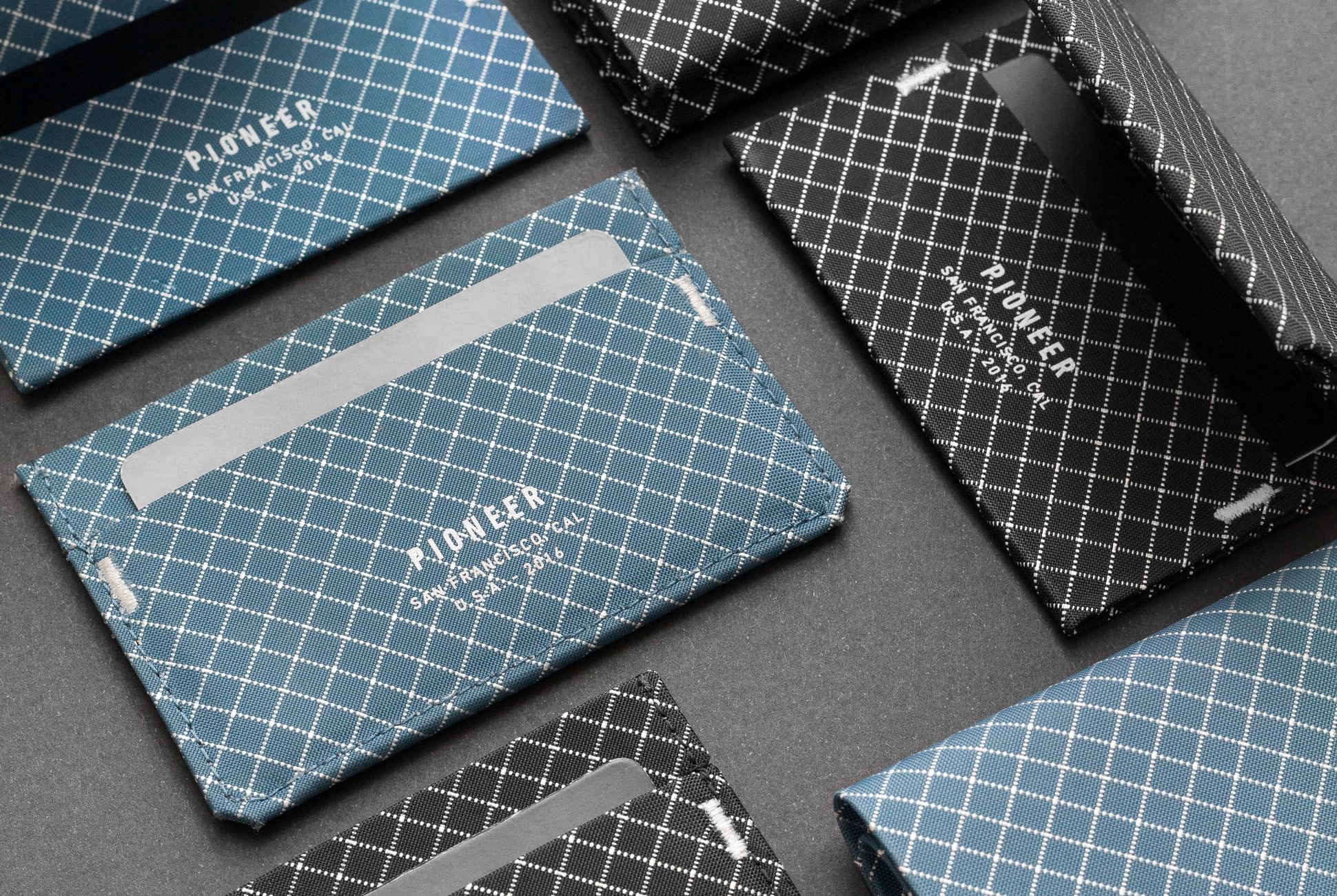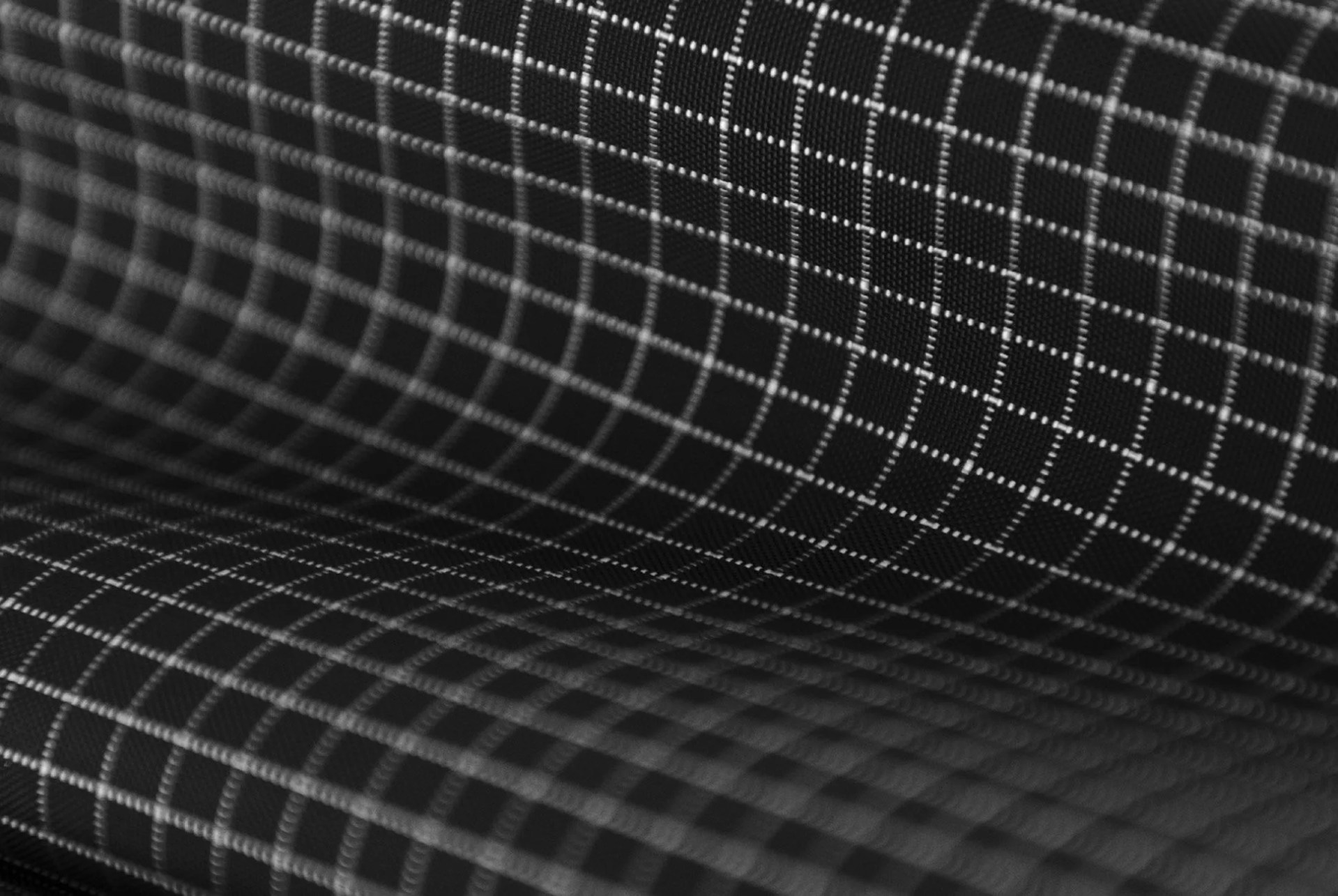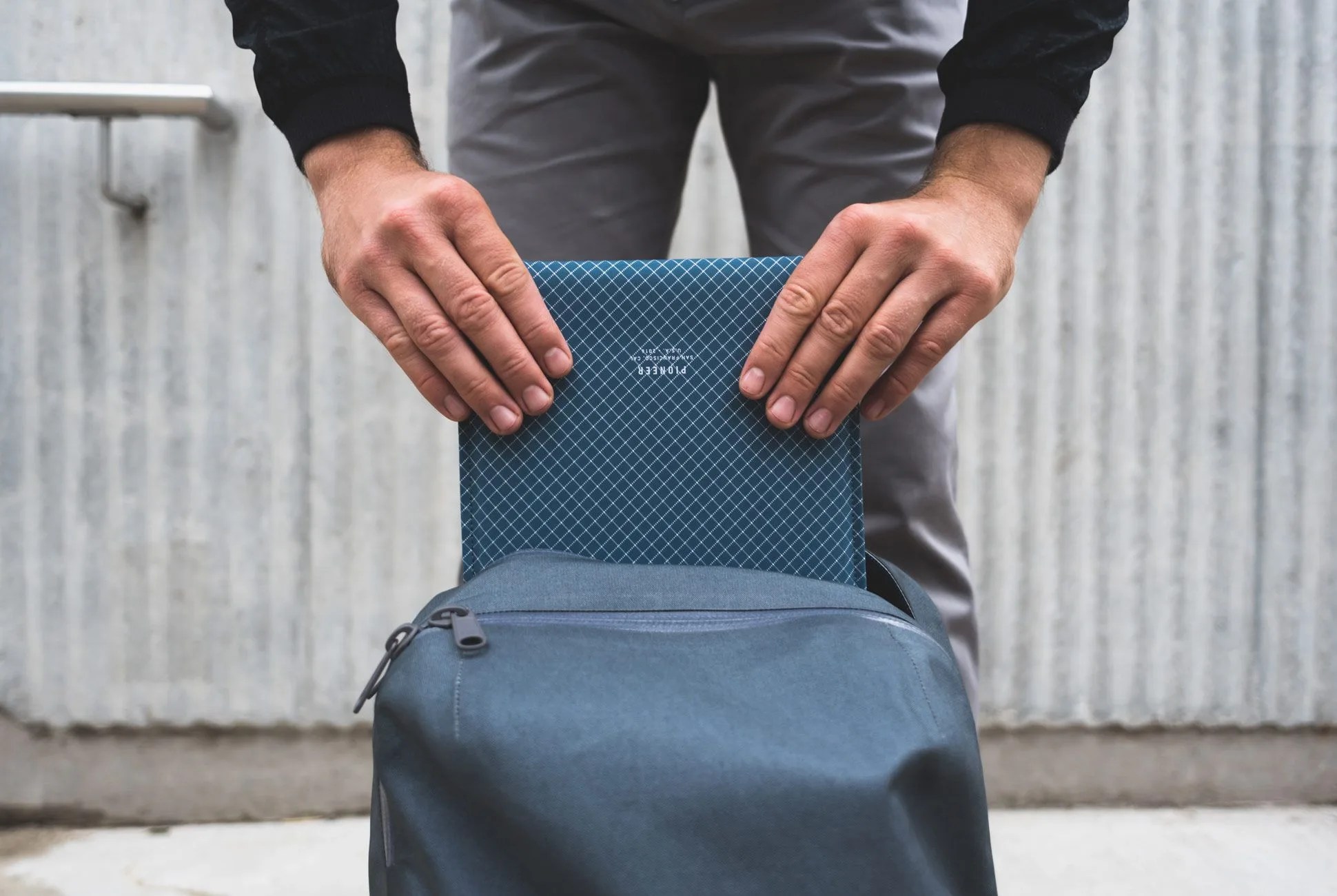Henry Lefens has quite the resume. He started his career designing soft-goods at Black Diamond Equipment for professional alpine athletes before moving to the Palo Alto design firm IDEO. From there, he went to Levi’s, first as the head of all men’s bags and accessories before becoming lead designer of the technical Commuter Collection. Now, he’s the head of his own wallet brand, Pioneer Carry, which he started in 2016.
Pioneer wallets feature custom 10XD nylon ripstop fabrics, which are made from polyethylene yarn that is ten times stronger than steel per weight. The material is incredibly durable, lightweight and it repels both dirt and water. Utilizing FutureForm core technology, these wallets keep their shape without conventional stitching. Recently Pioneer released the Onyx collection, showcasing its range of wallets in a blacked-out colorway.
We caught up with Lefens on a recent trip to New York to explore the origins of Pioneer and potential of technical fabrics.
Q: Were there any hurdles in starting Pioneer?
A: The hardest part was getting the right manufacturer to take on a little company. Anyone can start a little leather wallet company because they can do it by themselves or it’s a very crafty thing that doesn’t require high-tech machinery, necessarily. But this process is something that is almost exclusive to large brands — The North Face, Lululemon, Nike — so, I had to have access to that. The reason this all came together is because the factory that could do it the best agreed to take me on as a little guy.

Q: What was the impetus for the first design?
A: I was going climbing and skiing when was living in Salt Lake, and everything I was wearing was super technical. I remember skiing one time and everything I was wearing was synthetic, and then I had this leather wallet. It felt sort of archaic or strange to me. So I wanted to figure out some other way to do it. There are velcro wallets, right? And, there are also high-end leather wallets. So this is trying to take some of the cache and luxury and precision that people love about more high-end goods and inject it [into a synthetic wallet].
Q: What’s special about the FutureForm technology?
A: It’s the same material that they use to make nice bras and things that don’t have stitching; it’s a replacement for stitching. If you’ve seen the Nike clothes that have stuff that’s not stitched but looks glued, it’s that technology that’s in the wallets. So that helps us remove seams because seams break in wallets — it’s the first thing to go. We’re calling it FutureForm because as it breaks in, it doesn’t break down. So leather being a hide that you pierce into will break down — it’s an organic material. This will break in, which is what you want from a wallet, but it’s not going to break down because it’s not leather.





